- About us
- Support the Gallery
- Venue hire
- Publications
- Research library
- Organisation chart
- Employment
- Contact us
- Make a booking
- Onsite programs
- Online programs
- School visit information
- Learning resources
- Little Darlings
- Professional learning
Trukanini (c. 1812–1876) is arguably nineteenth century Australia’s most celebrated Indigenous leader. A Nuennone woman and the daughter of Mangana, chief of the Recherche Bay people, Trukanini experienced the loss of her mother, sister and intended husband – all as a result of white violence – at a young age. Believing that she might be able to assist in protecting her people, in 1829 Trukanini joined the group of Palawa leaders associated with George Augustus Robinson, an evangelically-inclined free settler who'd been appointed to effect the removal of Tasmania's Aboriginal people to a mission station, Wybalenna, on Flinders Island in Bass Strait. Trukanini remained one of Robinson's most important companions throughout the course of his so-called 'Friendly Mission', the name given to a series of journeys conducted by Robinson between 1830 and 1835. Trukanini went to Wybalenna in 1835, but held to her traditional ways despite the expectation that the Aboriginal people there would adopt European customs and religion. She travelled with Robinson in 1839 to the Port Phillip district, where she later engaged with four others in raids against white settlers. She returned to Flinders Island in 1842; when Wybalenna closed in 1847, Trukanini was among the remaining residents relocated to Oyster Cove, a former convict depot south of Hobart and close to her traditional country. Trukanini died in Hobart in May 1876. As she had feared, her skeleton was stolen from her grave and later displayed at the Tasmanian Museum. The Tasmanian Aboriginal community eventually won the fight to have her wishes honoured: her bones were cremated on the 30th of April 1976 and the following day her ashes were scattered with due ceremony on the D'Entrecasteaux Channel. Trukanini was erroneously referred to during her lifetime and beyond as the ‘last Tasmanian’ – a false notion attested to by the many descendants of her contemporaries still living in Tasmania today.
Pangernowidedic also known as Bessy Clark (c. 1825-1867) was a woman from the Port Davey district in south west Tasmania, the daughter of Tingernoop and Cordwanene. She died at the Oyster Cove station in 1867.
Purchased 2011
Francis Nixon (age 55 in 1858)
Trukanini (age 46 in 1858)
Mary Ann (age 39 in 1858)
Emma (age 51 in 1858)
Patty (age 61 in 1858)
Bessy Clark (age 33 in 1858)
Tippo (age 38 in 1858)



On one level The Companion talks about the most famous and frontline Australians, but on another it tells us about ourselves.
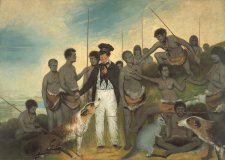
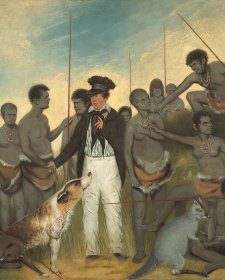
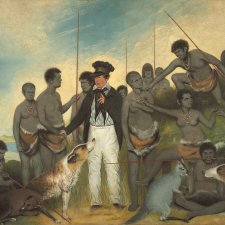
Gareth Knapman explores the politics and opportunism behind the portraits of Tasmania’s Black War.
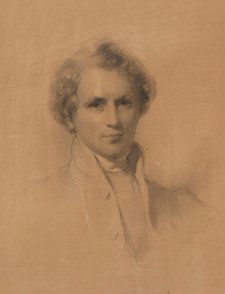
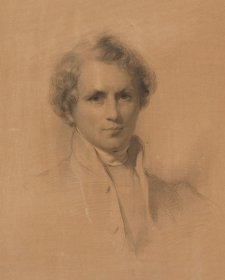
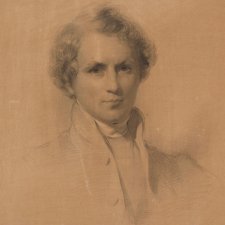
Jessica Smith looks at the 'fetching' portrait of Tasmania's first Anglican Bishop, Francis Russell Nixon by George Richmond